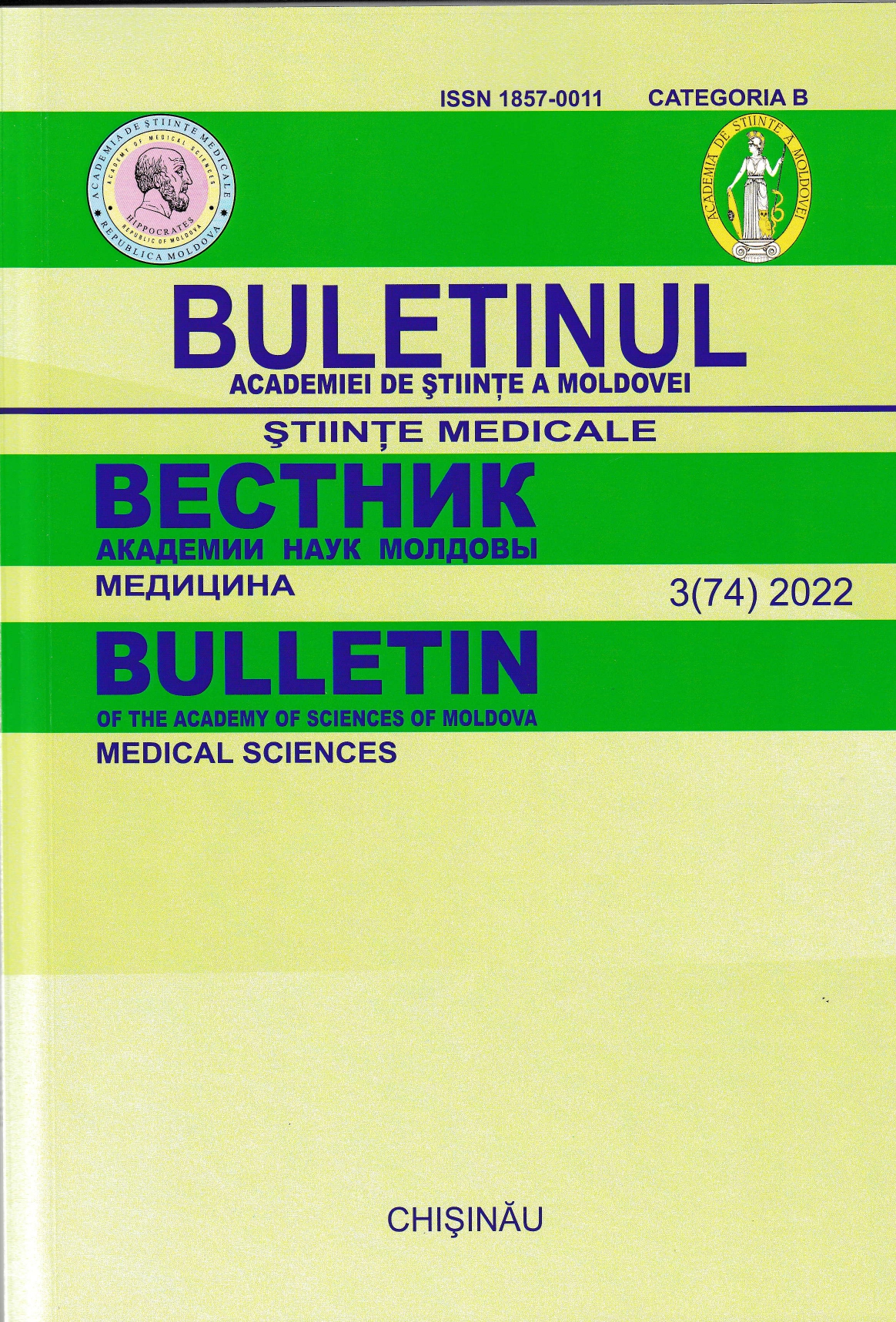EFICACITATEA IMAGISTICII PRIN REZONANȚĂ MAGNETICĂ (IRM) ÎN DIAGNOSTIC, REVASCULARIZARE, REPERFUZIE ȘI MONITORIZARE A PROCESELOR POSTISCHEMICE CEREBRALE
DOI:
https://doi.org/10.52692/1857-0011.2022.3-74.44Cuvinte cheie:
accident vascular cerebral ischemic, revascularizare, reperfuzie, monitorizareRezumat
Introducere. Accidentul vascular cerebral ischemic reprezintă o maladie cu o incidență în creștere, o cauză a de- ceselor și o problemă a dizabilităților, ce necesită cercetări în domeniul revascularizării și reperfuziei, a monitorizării schimbărilor postischemice cerebrale. Scopul lucrării - realizarea unei analize a eficacității IRM în aspect de diagnostic, de revascularizare a suprafeței ischemice, de reperfuzie în timp și de monitorizare post-AVC cerebral ischemic. Materiale și metode. Au fost analizate investigații IRM cerebrale a 2527 (100%) cazuri evidențiate în Centrul Medi- cal „MagnaMed” pe parcursul anului 2021. AVC ischemic a fost stabilit la 1541 (61%) bolnavi. 122 IRM au fost analizate sub aspect de monitorizare în dinamică la momentul AVC, la 7 zile post-AVC, la 180 zile și 360 zile. Au fost determinate și analizate criteriile de diagnostic AVC ischemic, revascularizarea cu administrarea agentului de contrast, criteriile de reperfuzie și recanalizare la timpul etapizat. Concluzii: IRM identifică procesele de ischemie, de revascularizare și reperfuzie și poate servi ca metodă de moni- torizare cu criterii specifice de refuncționalitate a creierului după AVC. Criteriile de revascularizare au stabilit rezultate concludente la a 7-a zi, la 180 zile și la 360 zile consecutive.
Referințe
Amin Hardik P., Schindler Joseph L. Vascular Neurology Board Review: An Essential Study Guide 1st ed. 2017 Edition, Kindle Edition, Springer. ISBN 331939603X.
Tintinalli, Judith E., Kelen, Gabor D., Stapczynski,J. Stephan; Medicina de Urgenţă, Ghid pentru studiu comprehensive, vol. I, 2009, 141-144.
Groppa, S., Zota, E., Grigor, V. et al. Tratamentul specific trombolitic în accidentele vasculare cerebrale. In: Buletinul Academiei de Ştiinţe a Moldovei. Ştiinţe Medicale. 2006, nr. 4(8), pp. 23-25. ISSN 1857-0011.
Goyal M., Demchuk, A.M., Menon B.K. et al. Randomized assessment of rapid endovascular treatment of ischemic stroke. N Engl J Med. 2015 Mar 12; 372(11):101930. doi: 10.1056/NEJMoa1414905.
Rinck P.A. Magnetic resonance in medicine: A Critical Introduction. The Basic Textbook of the European Magnetic Resonance Forum. Published by BoD, Germany. 432 p. ISBN 978-3-7460-9518-9
Collin, C., Wade, D.T., Davies, S., Horne, V. The Barthel ADL Index: a reliability study. Int Disabil Stud. 1988;10(2):61-3. doi: 10.3109/09638288809164103.
Rosengart TK, Lee LY, Patel SR, et al. Angiogenesis gene therapy: phase I assessment of direct intramyocardial administration of an adenovirus vector expressing VEGF121 cDNA to individuals with clinically significant severe coronary artery disease. Circulation. 1999 Aug 3;100(5):468-74. doi: 10.1161/01.cir.100.5.468.
Wang, H., Katovich, M.J., Gelband, C.H., Reaves, P.Y., Phillips, M.I., Raizada, M.K. Sustained inhibition of angiotensin I-converting enzyme (ACE) expression and long-term antihypertensive action by virally mediated delivery of ACE antisense cDNA. Circ Res. 1999 Oct 1;85(7):614-22. doi: 10.1161/01.res.85.7.614.
Гусев Е.И., Коновалов А.Н., Гехт А.Б. Реабилитация в неврологии. Монография. 2001.
Simion Marga, S., Apostol Gh. Modificari morfologice a miocardului la animalele de laborator in condițiile ischemie/reprefuzie. În: Materialele Conferinței Științifice Internaționale „Sănătatea, medicina și bioetica în societatea contemporană: studii inter și pluridisciplinare”, 7-8 octombrie 2022, ediția a V-a. Chișinău: Print Caro, 2022, ISBN 978-9975-56-935-4.
Descărcări
Publicat
Număr
Secțiune
##category.category##
Licență
Copyright (c) 2022 Buletinul Academiei de Științe a Moldovei. Științe medicale

Această lucrare este licențiată în temeiul Creative Commons Attribution 4.0 International License.



